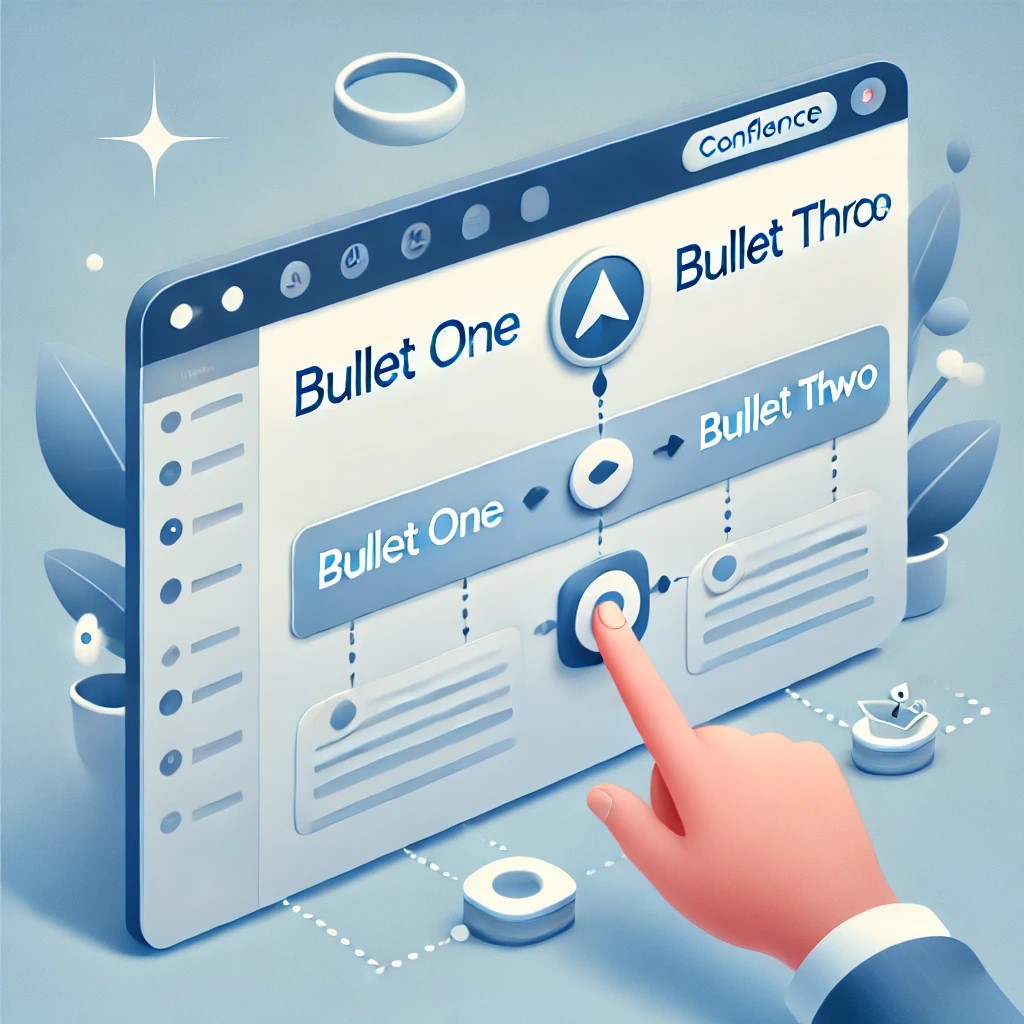
Confluence is a versatile tool, but for some users, it can feel less than intuitive when it comes to certain tasks—especially editing large pages. One common challenge arises when navigating through extensive content. Scrolling endlessly to find specific sections is frustrating, but luckily, there’s a solution: anchor links.
In this blog, we’ll explore how to create anchor links in Confluence to improve navigation and make your pages more user-friendly.
What Are Anchor Links?
Anchor links allow you to link directly to a specific section of a page. This can be particularly useful for lengthy pages where readers need quick access to different parts of the document.
While Confluence offers a built-in Table of Contents (TOC) macro for this purpose, you can also create anchor links manually for custom use cases.
Step-by-Step Guide to Creating Anchor Links in Confluence
Here’s a simple walkthrough of how to set up anchor links:
- Add Anchor Macros
- Identify the section you want to link to. Highlight the heading or text at the start of the section.
- Use the forward slash
/command or click the Insert menu on the toolbar. - Select the Anchor macro from the options.
- Give the anchor a name, such as
bullet-one(use hyphens instead of spaces).
- Repeat for All Relevant Sections
- Place an anchor macro at the beginning of each section you want to link to.
- Assign unique names to each anchor (e.g.,
bullet-two,bullet-three).
- Insert Links
- Go back to the top of your page or wherever you want the links to appear.
- Highlight the text you want to turn into a link (e.g., "Go to Bullet 1").
- Press
Ctrl+K(orCommand+Kon Mac) to open the link editor. - Type the anchor name preceded by a
#(e.g.,#bullet-one) into the link field. - Save your changes.
- Test Your Links
- Publish your page and click on the links to ensure they navigate to the correct sections.
Why Use Anchor Links?
While the Table of Contents macro is convenient, manually creating anchor links offers flexibility. For instance:
- You can place links anywhere on the page, not just at the top.
- Customize the navigation text for clarity.
- Simplify access to frequently referenced sections.
A Quick Example
Let’s say you have three sections titled Bullet One, Bullet Two, and Bullet Three. Here’s how the anchors and links might look:
- Anchor Names:
bullet-one,bullet-two,bullet-three - Link Text:
- "Go to Bullet One" →
#bullet-one - "Go to Bullet Two" →
#bullet-two - "Go to Bullet Three" →
#bullet-three
- "Go to Bullet One" →
Once linked, clicking on "Go to Bullet One" will jump you directly to the corresponding section.
Final Thoughts
Confluence is a powerful tool, but it can feel clunky at times, especially when editing or structuring content. By using anchor links, you can simplify navigation and improve the overall usability of your pages.
If you have any questions or ideas about Confluence, feel free to share them. And if you'd like me to cover more tips like this, let me know!
